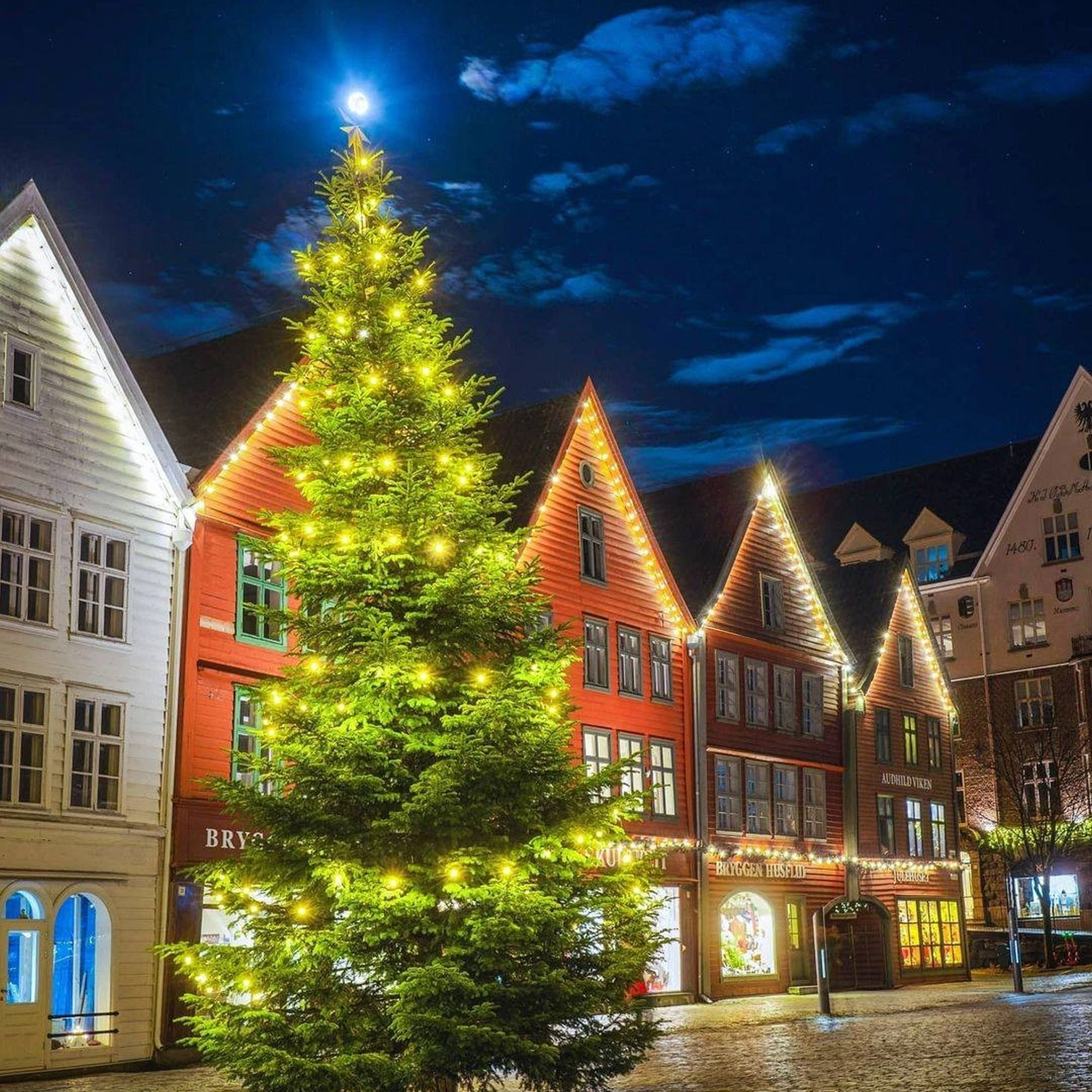Winter Solstice
The winter solstice, hiemal solstice or hibernal solstice occurs when one of the Earth's poles has its maximum tilt away from the Sun. It happens twice yearly, once in each hemisphere (Northern and Southern).

When is the winter solstice?
December Solstice (Winter Solstice) is on 21 December each year. In terms of daylight, this day is 12 hours, 56 minutes shorter than the Summer Solstice in June. In most locations north of Equator, the shortest day of the year is around this date.

How long is the winter solstice?
Although the winter solstice itself lasts only a moment, the term sometimes refers to the day on which it occurs. Other names are the "extreme of winter", or the "shortest day". Since the 18th century, the term "midwinter" has sometimes been used synonymously with the winter solstice, although it carries other meanings as well.
In Norway during ancient times, the days surrounding the solstice were called “Yule” and worshipped for the coming reawakening of nature. The Norwegian translation of “Christmas” is “jul,” and many Christmas traditions, such as the Christmas tree, originate from ancient Yule customs. In fact, the Norwegian word for Christmas, literally means "wheel," referring to the sun as it turns toward spring. Only in the 10th century did King Haakon I move the Jul winter-solstice, pagan, drinking festival to December 25 to honor the birth of Jesus.

In good, understated Norwegian fashion, houses are decorated only with white lights — never colored — in the windows. You'll see some traditional candles, but electric lights posing as candles are more common. A plastic Santa or manger scene on the lawn, or garish colored lights along the eaves would probably put you in the neighborhood doghouse.
A highlight of the season is December 13, the feast day of Santa Lucia. She was a fourth-century Sicilian woman who (according to the lore) wore a head wreath adorned with candles to light the way as she helped persecuted Christians hiding in tunnels.
Today, Santa Lucia Day is celebrated in family gatherings, churches, schools, day-care centers, nursing homes, and hospitals. In comes a procession of girls, led by a young girl dressed as Saint Lucy (the "Lussibrud," or Lucy bride), with a white robe, a crown of lights on her head, and a candle in her hand. The girls carry baskets of saffron buns or ginger cookies to hand out. They're delicious with steaming coffee.
